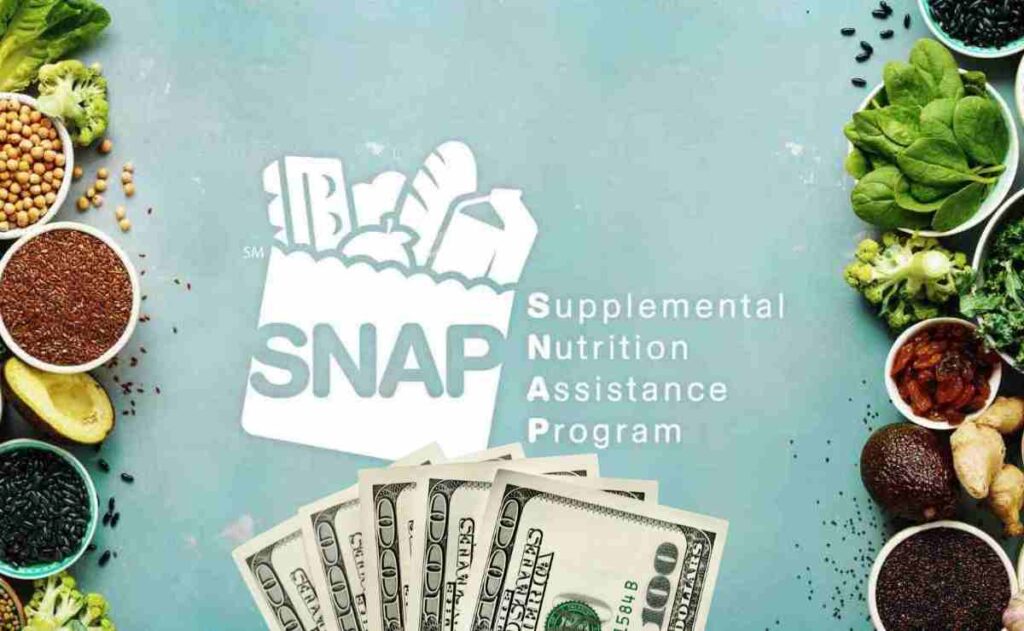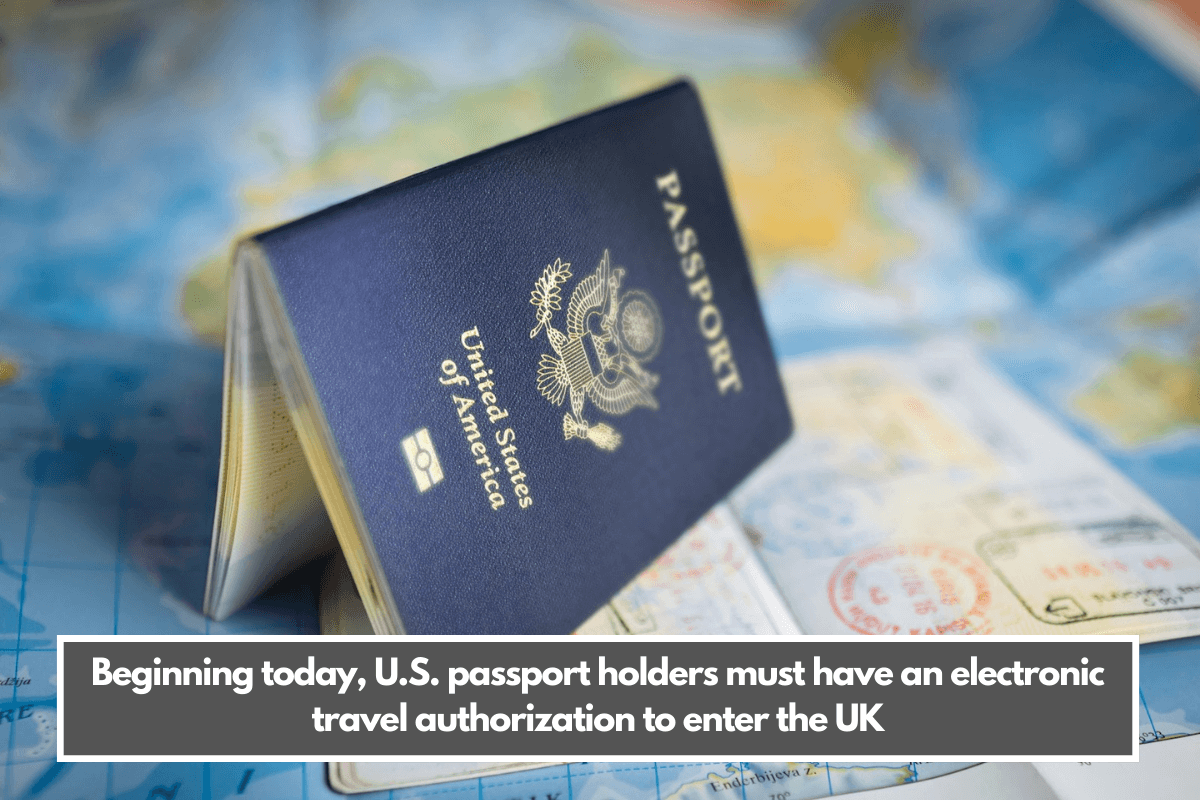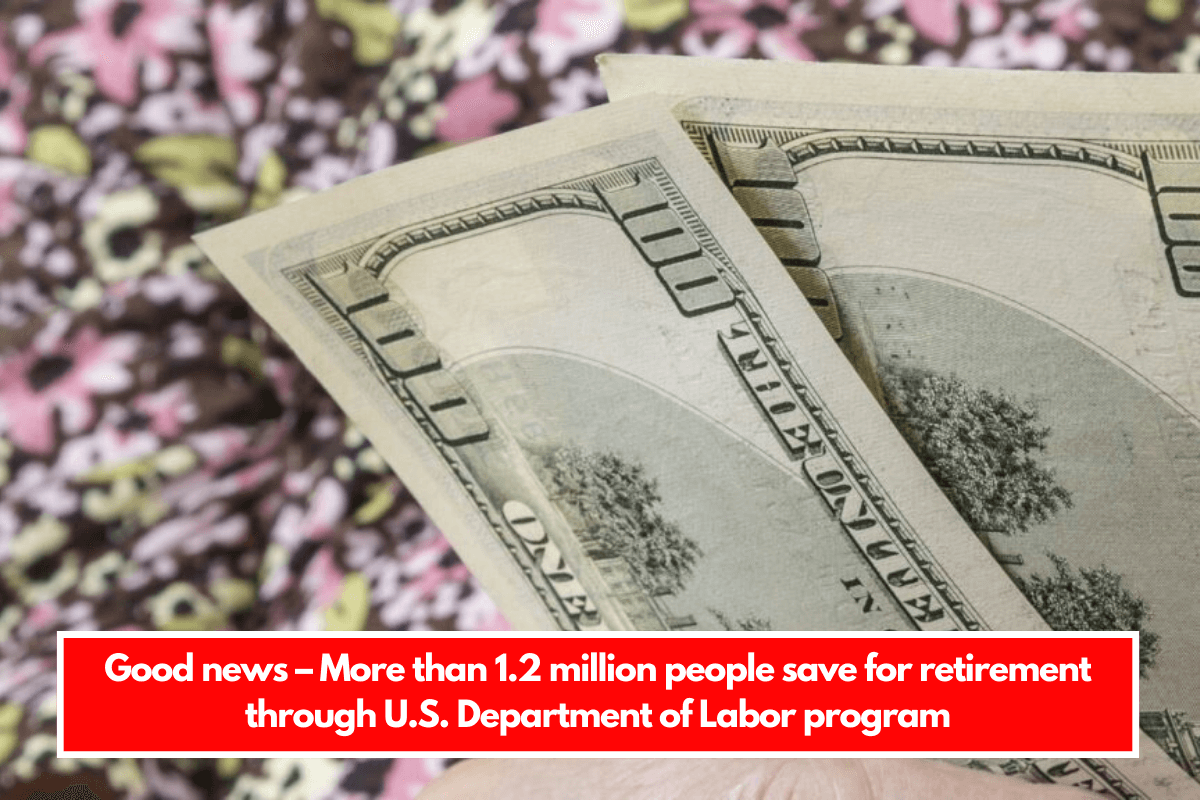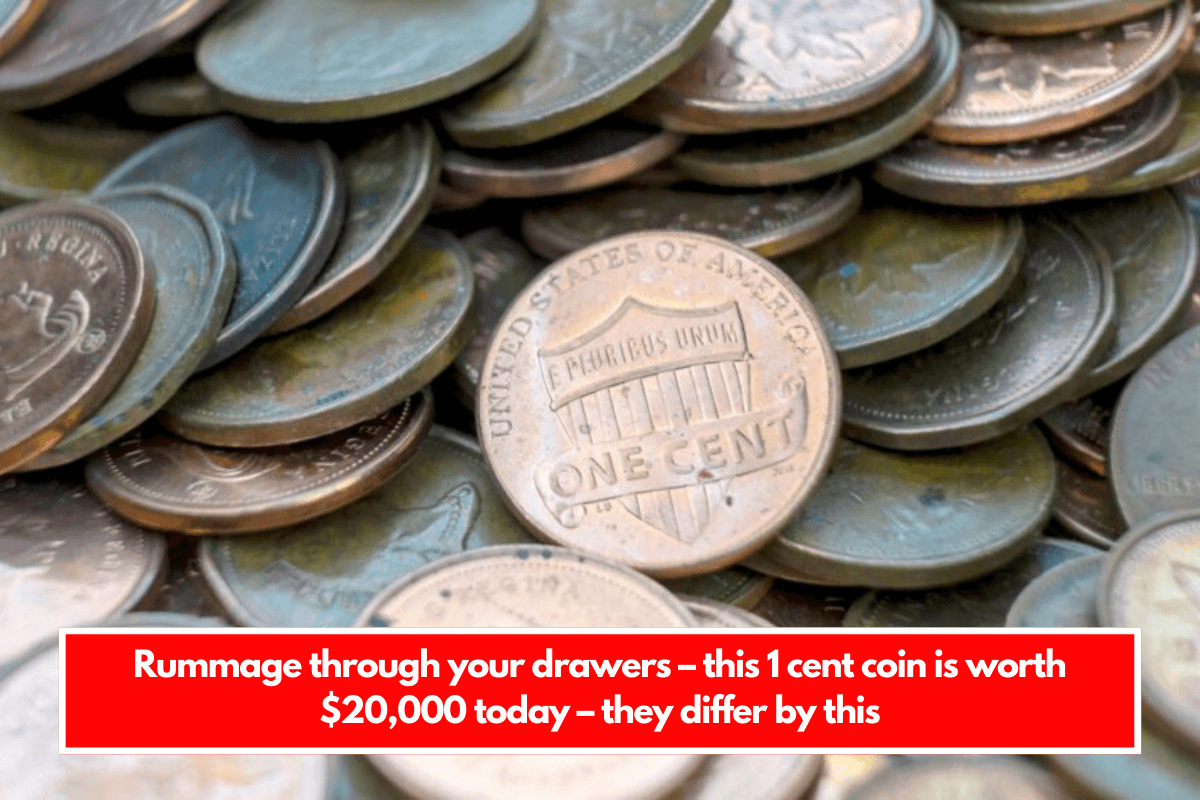The Supplemental Nutrition Assistance Program (SNAP), also known as food stamps, is the primary source of food assistance in the US. It covers all 50 states and territories, including Guam, the Virgin Islands, and Puerto Rico.
This program, administered at the federal level by the Department of Agriculture (USDA) and implemented in each state, aims to ensure that all citizens have access to a nutritious diet. SNAP benefits are delivered electronically through an EBT card. This card functions like a standard debit card.
What can you buy in 2025 with SNAP benefits and how can you apply?
The EBT card can be used at supermarkets, convenience stores, and farmers markets to purchase eligible products like fruits, vegetables, meats, dairy, bread, and cereals. They cannot, however, be used to purchase alcohol, tobacco, non-food items, or foods that are ready for immediate consumption.
SNAP is administered differently by each state and territory in the US, despite being a federal program. This includes how the application is processed, the eligibility requirements, and the monthly benefits provided.
Interested individuals can apply at their state’s local SNAP office or online portals. States use different platforms, but the general process entails providing information on income, household size, and expenses.

Applicants must have income below certain thresholds based on household size. Other considerations include citizenship or immigration status, employment, and available assets. Beneficiaries are usually interviewed by a social worker after submitting their application to ensure that the information they provided is correct and valid.
Maximum SNAP benefits increased from January 2025
The maximum amounts of SNAP benefits vary by state because they are determined by the cost of living in each area. The maximum values are consistent in the lower 48 states and D.C., but differ in other territories due to higher living costs.
Maximum SNAP Allotments for 48 States and D.C.
The following are the values for the 48 contiguous states and Washington, D.C.:
- 1 person: $292
- 2 people: $536
- 3 people: $768
- 4 people: $975
- 5 people: $1,158
- 6 people: $1,390
- 7 people: $1,536
- 8 people: $1,756
- Each additional person: $220
Maximum SNAP Allotments for Hawaii
The United States is 17.9% cheaper than Hawaii. There are higher costs for groceries, restaurants, housing, transportation, entertainment, sports, and childcare. The following are the values for the state of Hawaii:
- 1 person: $517
- 2 people: $948
- 3 people: $1,357
- 4 people: $1,723
- 5 people: $2,046
- 6 people: $2,456
- 7 people: $2,714
- 8 people: $3,102
- Each additional person: $388
Why does Alaska have three tables of values for SNAP Benefits?
Alaska is a unique state in many ways, including how Supplemental Nutrition Assistance Program (SNAP) benefits are calculated and distributed. Unlike other states, Alaska faces significant geographic and climatic challenges that have a direct impact on living costs, particularly food prices.
As a result, the state uses three different value tables to calculate SNAP benefits based on the region where each beneficiary lives.
Three regions with various costs:
- Urban Zone: It includes areas like Anchorage, Fairbanks and Juneau, where food prices tend to be lower compared to rural areas. These areas have easier access to supermarket chains and transportation systems, which reduces distribution costs.
- Rural Zone 1: This category covers rural communities accessible by road or regular sea routes. Food prices in these areas are moderately higher due to limited transportation and less presence of large retailers.
- Rural Zone 2: It includes the most remote and isolated communities, where food must be transported by plane or ship in extreme weather conditions. This dramatically raises costs, making commodity prices significantly higher than in urban areas.
Maximum SNAP Allotments for Alaska (household size, Urban 1, Rural 1, and Rural 2, in order):
- 1 person: $377 / $481 / $586
- 2 people: $692 / $882 / $1,074
- 3 people: $991 / $1,263 / $1,538
- 4 people: $1,258 / $1,604 / $1,953
- 5 people: $1,494 / $1,905 / $2,319
- 6 people: $1,793 / $2,287 / $2,783
- 7 people: $1,982 / $2,527 / $3,076
- 8 people: $2,265 / $2,888 / $3,516
- Each additional person: $283 / $361 / $440
The US Department of State’s official website provides a comprehensive list of values for residents of other territories, including Guam, the US Virgin Islands, and Puerto Rico. You can access it via this link.
Also See:- These 5-Star Rated Adidas Shoes Are 30% Off and Won’t Stop Selling



















